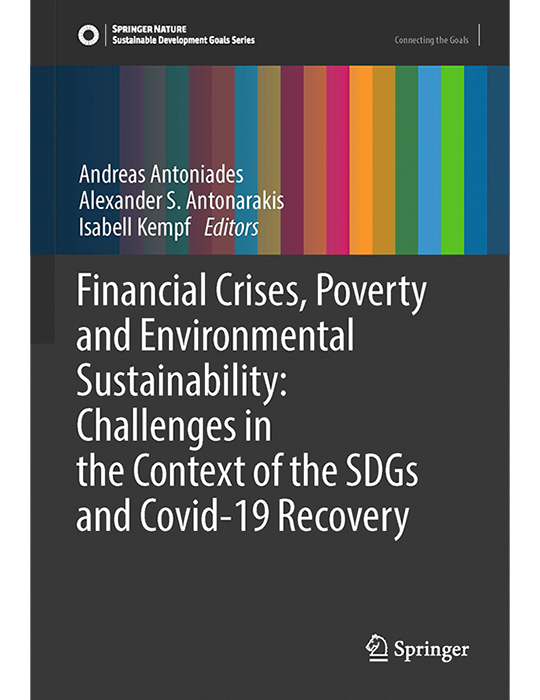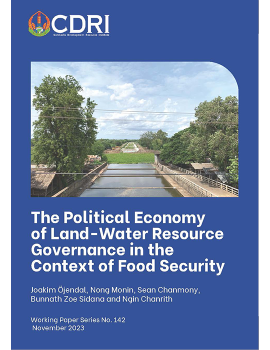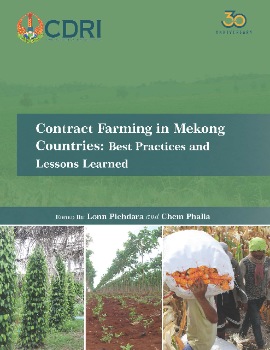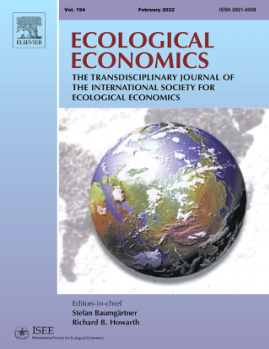
Challenges of Targeting Poor and Vulnerable Groups to Reduce Climate Change Vulnerability: The Case of a Water and Sanitation Project in Kampong Svay District, Cambodia
Abstract/Summary
The escalating climate change-related disasters around the world are a serious threat to human existence and human livelihoods. Rural people living in developing countries, especially those of the poorest, are believed to be particularly vulnerable to climate change. As the number of climate change programs designed to help the poorer households has grown, concern has also arisen over their ability to participate and the extent to which they benefit from those programs. There is limited documented evidence on whether climate change intervention programs have supported communities to become resilient to climate change or to recover from extreme events. This case study focuses on a pilot project called ‘Climate Proofing Integrated Rural Community Development in Kampong Svay district, Kampong Thom province’, designed to deal with water shortage, lack of sanitation issue, and food supply, by building climate-resilient infrastructure: construction of wells, water collection tanks, latrines, and home gardens. The results show that four factors are hindering the poor and other vulnerable beneficiaries from getting benefits from the intervention program: lack of family labor for the elder, extreme heat, different priorities such as waning commitment from poor households, and lack of financial and technical support.



